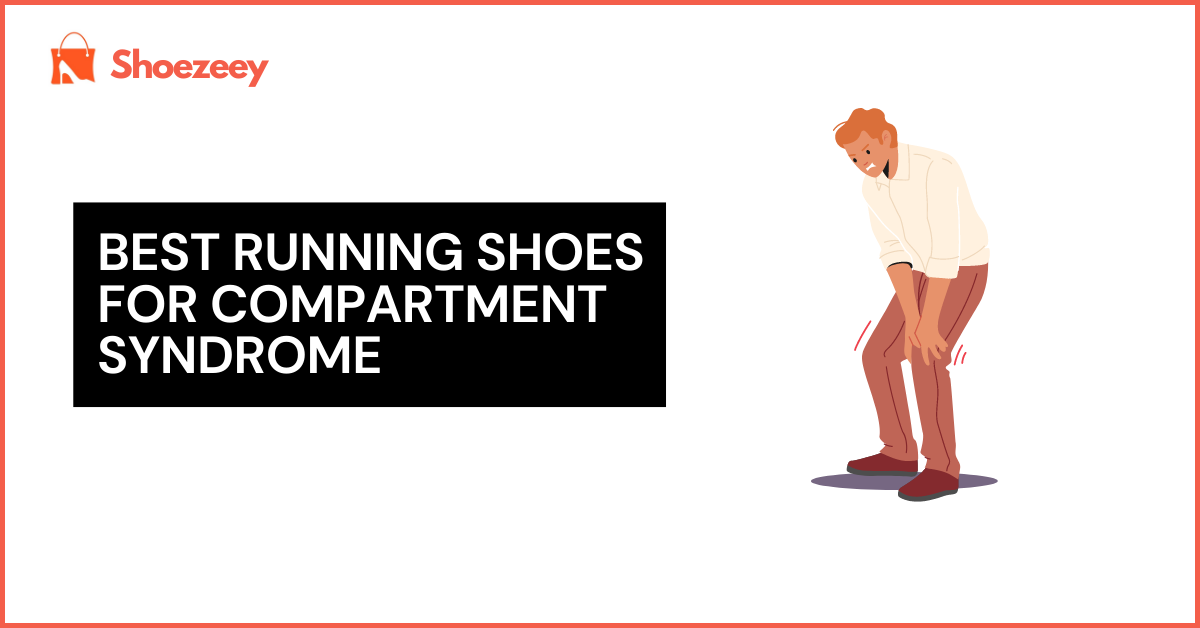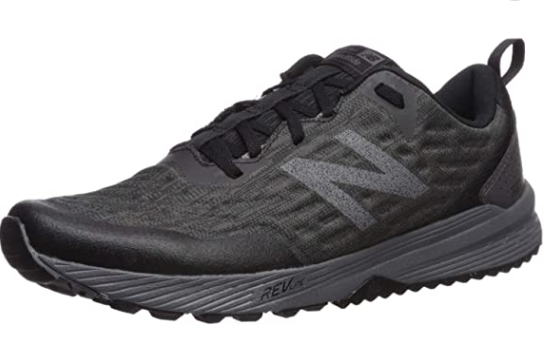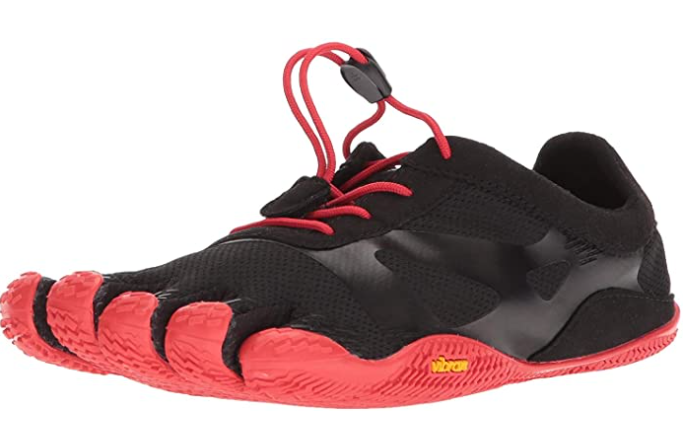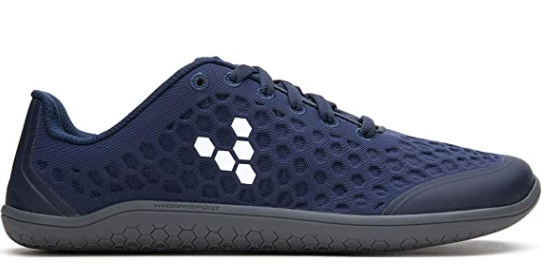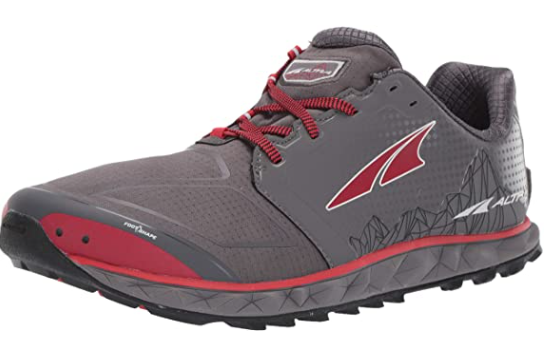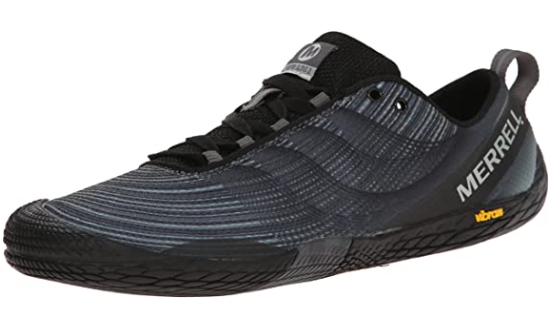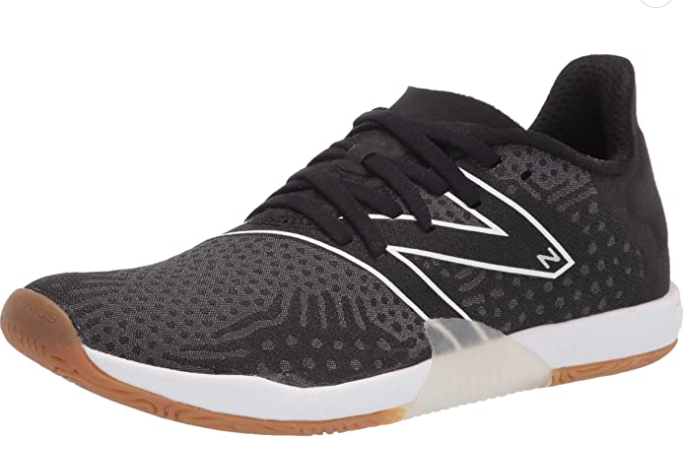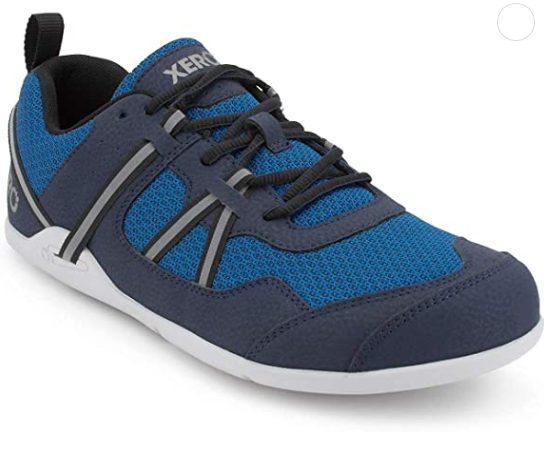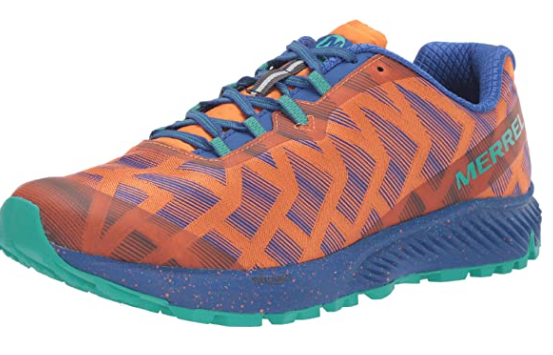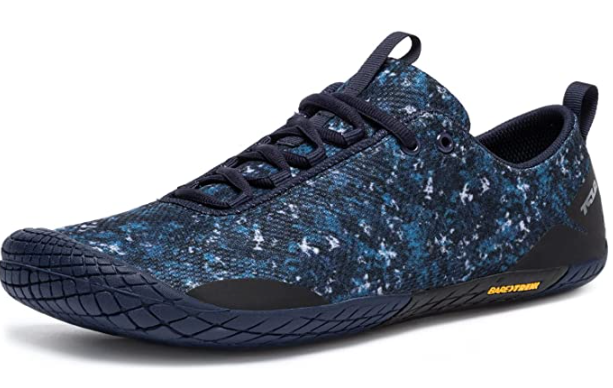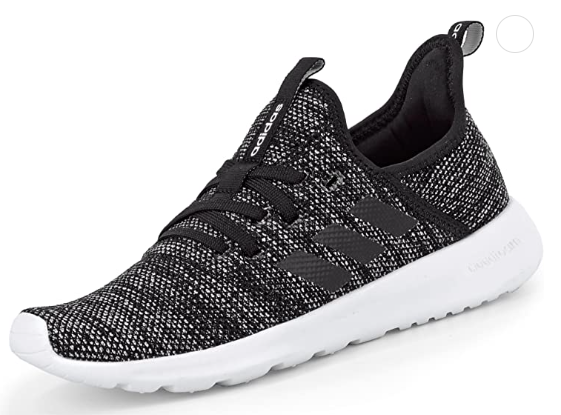Compartment syndrome is a condition that develops when the tissue in a muscle or other organ becomes trapped and cannot expand. This can lead to pain, difficulty moving the limb, and even decreased function in the affected muscle. It’s important to be aware of the types of shoes that are best for preventing compartment syndrome, as well as the signs and symptoms to watch for. I have figured out this problem and compiled this list of the best running shoes for compartment syndrome.
- List of Best running shoes for compartment syndrome
- 1. New Balance Men’s Nitrel V3 Trail Running Shoe
- 2. Vibram Men’s KSO EVO Cross Training Shoe
- 3. Vivobarefoot Men’s Stealth 2 Walk Shoe
- 4. ALTRA Men’s ALM1953G Superior 4 Trail Running Shoe
- 5. Merrell Men’s Vapor Glove 2 Trail Running Shoe
- 6. New Balance Men’s Minimus Tr V1 Cross Trainer
- 7. Xero Shoes Men’s Prio Cross-Training Shoe
- 8. Merrell Men’s Agility Synthesis Flex Sneaker
- 9. TSLA Men’s Trail Running Shoes
- 10. Adidas Cloudfoam Pure DB0694 Women’s Shoes Size
- Types of running shoes
- Compartment syndrome symptoms
- How to treat compartment syndrome
- Conclusion
List of Best running shoes for compartment syndrome
If you’re looking for the best running shoes for compartment syndrome, you’ve come to the right place. Here, we’ll list our top picks for shoes that are specifically designed to help alleviate this condition.
1. New Balance Men’s Nitrel V3 Trail Running Shoe
The New Balance Men’s Nitrel V3 Trail Running Shoe is perfect for those with compartment syndrome and provides excellent durability. This shoe is made with an 8mm drop and a synthetic/mesh upper to provide you with a comfortable, breathable fit while also protecting your feet from impact.
2. Vibram Men’s KSO EVO Cross Training Shoe
Now we have Vibram KSO EVO Cross shoes. A customer with compartment syndrome should buy these shoes because they’re designed to be versatile and provide comfort. They have lightweight padding on the tongue and a serrated blade lug design which provides traction. They’re also machine washable and air dryable.
3. Vivobarefoot Men’s Stealth 2 Walk Shoe
The Vivobarefoot Stealth 2 is a lightweight, breathable running shoe that provides great foot support. The upper is breathable and water-resistant and the Outlast lining retains heat. The flexible V-Road sole unit is slip-resistant, making it so you don’t have to worry about running on slippery surfaces.
Compartment syndrome can cause pain and swell in the foot muscles and nerves, which makes it difficult to find comfortable shoes for runners. The Vivobarefoot Stealth 2 provides support and comfort without sacrificing lightweight design or breathability.
4. ALTRA Men’s ALM1953G Superior 4 Trail Running Shoe
The ALTRA Superior 4 Trail Running Shoe is a great option for those who need reliability and comfort. The cushioned platform and FootShape toe box work together to provide a natural, comfortable feel, while the Altra Quantic midsole guarantees enough support on even the most uneven terrain. The ALTRA Superior 4 Shoe protects the feet against rocks and other debris found on a trail. Whether you’re training for a race or just taking a leisurely run, this shoe is a great choice.
5. Merrell Men’s Vapor Glove 2 Trail Running Shoe
The Merrell Vapor Glove 2 is a low-profile shoe that’s perfect for runners. It provides comfort, and support, and can help if you suffer from compartment syndrome. The Merrell Vapor Glove 2 Trail Running Shoe is designed for runners with plantar fasciitis. The breathable mesh and polyurethane upper keep your feet cool and dry, while the Vibram outsole provides traction on any surface.
6. New Balance Men’s Minimus Tr V1 Cross Trainer
For people with compartment syndrome who wear New Balance shoes, the latest model, the Minimus TR V1 Cross Trainer, provides excellent support and comfort. This shoe has a cushioned midsole and is made of breathable mesh fabric on top. Underfoot rubber makes this shoe very grippy. Durability and reliability make the Minimus TR V1 Cross Trainer a great choice for those in need of a new dance shoe.
7. Xero Shoes Men’s Prio Cross-Training Shoe
The Xero Shoes Men’s Prio is a versatile and comfortable shoe for athletes or anyone who wants to enjoy better posture and balance. This shoe has a zero-drop sole to improve your posture, giving you the chance to feel more connected to the ground. Xero Shoes Men’s Prio Cross-Training Shoe is vegan-friendly construction, which is sustainable and ethical. It comes with free exchanges if you don’t get the perfect fit.
8. Merrell Men’s Agility Synthesis Flex Sneaker
Merrell Men’s Agility Synthesis Flex Sneaker is a synthetic, lace-up shoe with a 30.7/22.7mm stack-height heel and toe, and a 6mm drop. It has a rubber sole and is made of 100% synthetic materials. Its upper features jacquard textile on top of TPU film, lace closure as well as a TPU heel counter for security.
The Merrell Men’s Agility Synthesis Flex Sneaker has a foam insole and a flexible foam midsole for enhanced comfort and stability with secure grips for gripping surfaces. The outsole is designed to be durable, vegan-friendly, and has traction on both wet and dry surfaces.
9. TSLA Men’s Trail Running Shoes
Healthy feet, happy feet. TSLA Men’s Running Shoes are designed for your health and are great for a range of activities. They have durable materials, breathable materials, flexibility, and cushioning.
The traction on the shoes is excellent, and there is no chance of slippage. The upper of these shoes is water and dirt-resistant, keeping dust and stains from accumulating. These shoes are perfect for walking, running, jogging, and physical exercise.
10. Adidas Cloudfoam Pure DB0694 Women’s Shoes Size
The Women’s Cloudfoam Pure Running Shoe by Adidas provides hours of comfort while being breathable, so you can exercise in peace and focus on your workout. A memory foam insole will hug your foot, making it easy to slip shoes on and off. The dimensions are 6-12 inches for the shaft, which is measured from the ankle up to the arch of the foot. There are a variety of colors and sizes to choose from that are perfect for every runner.
Types of running shoes
If you are experiencing pain in your feet and ankles, you may have compartment syndrome. Compartment syndrome is a condition where pressure builds up in an enclosed space in the body, such as the muscles and tendons of the feet or legs. This can cause immense pain and restrict movement.
There are many different types of running shoes available on the market, each with its own set of benefits and drawbacks. Before you buy a new pair of shoes, it is important to understand the types of running shoes available and choose the type that is best suited for your individual needs.
Here are four popular types of running shoes and their corresponding benefits and drawbacks: minimalist shoes, stability shoes, motion-control shoes, and cushioned shoes.
Compartment syndrome symptoms
If you’re like most runners, you love your running shoes. But like many things in life, too much of a good thing can be bad. That’s especially true when it comes to running shoes and the muscles and tendons that support your feet and legs.
The problem with running shoes is that they force your feet and legs into unnatural positions. This can cause compression of the nerves and blood vessels in your feet and legs, leading to problems such as compartment syndrome.
But so what are the best running shoes for compartment syndrome? There’s no one-size-fits-all answer to this question, as the best shoe for each runner will depend on their individual situation. However, some general tips that will help prevent or reduce the symptoms of compartment syndrome include:
- Buying a well-cushioned shoe that fits well. Most importantly, make sure the shoe fits snugly but not too tight. Wearing a shoe that’s too tight can cause pressure on your feet and may lead to increased inflammation and pain.
- Pay attention to the arch-type of your foot. Some people have more flat arches than others, which can put more strain on the tissues around your arch. For these runners, it may be best to choose a shoe with a raised heel or a slightly wider footbed.
- Avoid running on hard, unforgiving surfaces. Running on concrete, asphalt, or other such hard surfaces can cause excessive stress on your feet and legs. Instead, try to run on softer surfaces such as grass or sand.
- Be sure to stretch regularly. Stretching not only helps relieve tension and pain in the muscles and tendons of your feet and legs, but it can also help keep them flexible.
- Take appropriate measures if symptoms persist. If you experience any persistent pain or inflammation after running, see a doctor for further evaluation. In some cases, surgery may be necessary to alleviate the pressure on your feet and legs.
How to treat compartment syndrome
Compartment syndrome is a condition that can occur when pressure builds up in a muscle or tendon due to restrictions in the blood flow to the tissue. This can lead to pain, swelling, and even loss of function. Treatment typically involves take measures to loosen the restriction and restore blood flow.
There are a variety of running shoes that can help prevent compartment syndrome, but it’s important to choose the right ones for your individual needs. Some of the best running shoes for compartment syndrome are those with medium to high arch support and cushioning. Shoes with a good fit also help by providing space between the toes and the shoe’s front edge.
When choosing running shoes, it’s also important to consider how often you plan on using them. If you plan on using your shoes only for occasional runs, then lighter-weight running shoes may be a better option. If you plan on using your running shoes for more intensive workouts, then heavier running shoes may be more appropriate.
Conclusion
Compartment syndrome is a condition that can develop in the legs and feet due to pressure on the veins near the skin. If left untreated, it can cause leg and foot paralysis. Fortunately, there are some things you can do to prevent or reduce the risk of developing compartment syndrome. First, make sure to regularly stretch your calf muscles and hamstring muscles. Second, be sure to wear supportive shoes that distribute weight evenly across your entire foot and ankle. And finally, if you experience any symptoms that suggest you may have compartment syndrome (such as swelling or tingling), please see a doctor right away!
Also, Check:
- Best Trail Running Shoes For High Arches
- Best Shoes For Walking On Treadmill
- Best Running Shoes For Arthritis In The Big Toe
- Best Walking Shoes For Heavy Person
- Best Shoes For Jumping Rope Women
- Best Running Shoes For Ball Of Foot Pain
- Best Shoes for Posterior Tibial Tendonitis
- Best Running Shoes For Morton’s Neuroma
- Best Shoes To Wear With A Sprained Ankle
- Best Bouldering Shoes For Beginners
- Best Basketball Shoes For Center
- Pink Dress Shoes For Men
